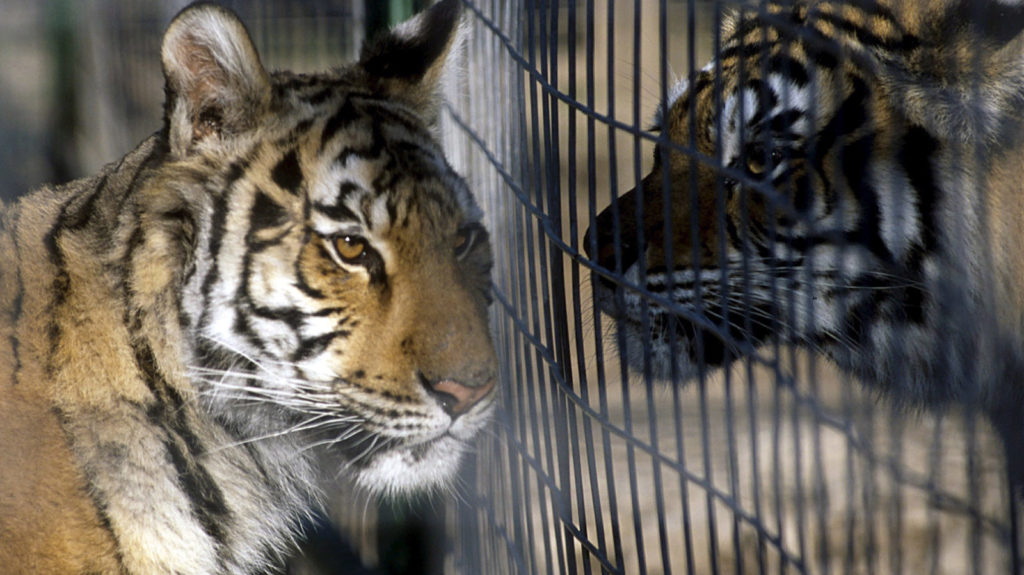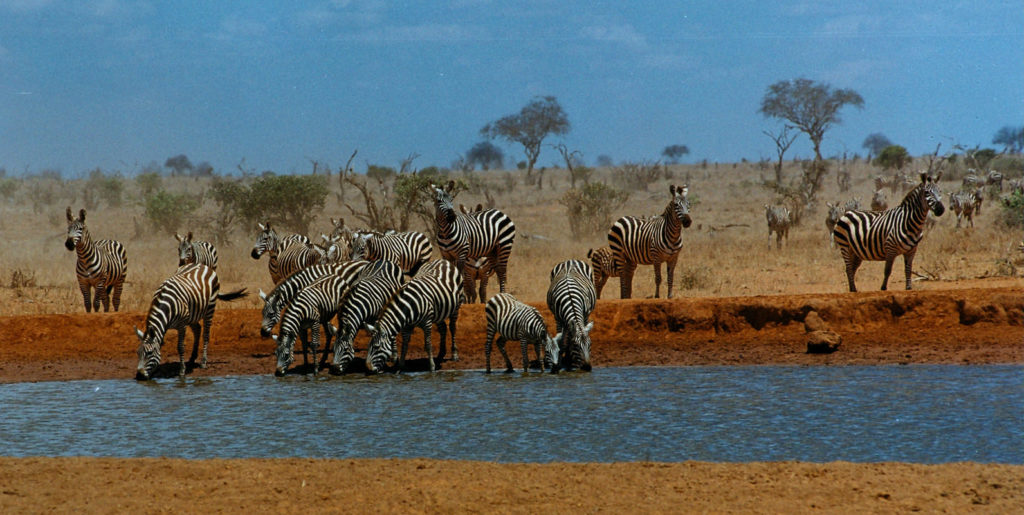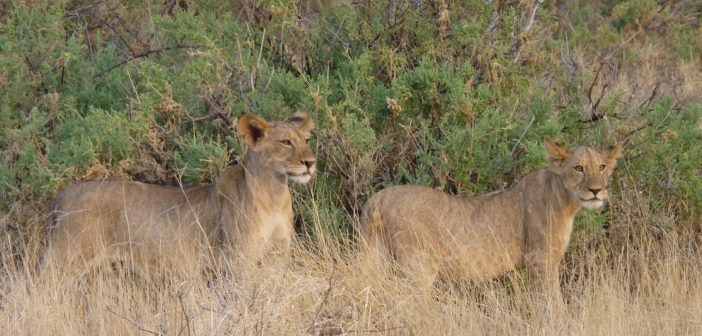Before more exploitation of the natural world is proposed as a way to solve rural poverty in developing African countries, we need to interrogate the nature of corrupt and damaging financial relationships between those countries and the wealthy global North. The wildlife trade should be first on our list.
For many years, pro-trade groups have been lobbying to further liberalize trade in flora and fauna. The wildlife trade industry is enormous; according to a report from the European Parliament, it is one of the most lucrative enterprises in the world.
Legal trade into the European Union alone is worth 100 billion euros a year and is controlled by the Convention on International Trade in Endangered Species of Wild Fauna and Flora (CITES) permitting system. The problem is that it’s simply not working — it’s paper-based, inefficient and wide open to corruption.
The first step to fix this would be to implement the global e-permit system that CITES has been talking about for a decade. It would not be cheap to implement, but it is vital and the necessary funds are available. A World Bank report highlighted that nearly 200 million United State dollars were spent annually between 2010 and 2016 on promoting sustainable use and alternative livelihoods, but nothing was allocated during that time to solve longstanding problems in the legal trade system.
There’s more to the problem than trade permits. Those lobbying for further trade liberalization have recently shifted their focus to making claims that deregulation would help impoverished communities that border key wildlife populations. This argument doesn’t hold up to interrogation.
Three of the Southern African countries currently lobbying CITES for more trade (South Africa, Namibia and Botswana) are the three least equal countries in the world. A South African CEO earns 541 times the average person’s income, compared with the United States (299 times), Switzerland (179 times) and Germany (176 times).
If these southern African countries were genuinely concerned about rural poverty, before they sell off the region’s wildlife heritage to supposedly help poor communities, they should focus on redistributing their current wealth more equally.

Tigers rub against a cage fence at a captive breeding center for large predators in South Africa. While tigers are not native to this area, they are bred in captivity to be hunted. Image via Conservation Action Trust.
Related to this topic is the question of trophy hunting and its value, or lack thereof, to conservation and poverty alleviation.
Getting clarity on the financial benefits of trophy hunting to conservation and rural communities is monumentally difficult. Hunting outfits hold these numbers close to their chests. A report titled The Lion’s Share prepared by Economists at Large concluded that the on-the-ground economic contribution of trophy hunting in Africa is likely to range between zero and 132 million US dollars, depending on alternative uses of land and wildlife resources. These figures sharply contrasts with those in a report by Southwick Associates, which was commissioned by Safari Club International.
The Economists at Large report outlined that trophy hunting activities in eight African countries generate between 7,500 and 15,500 jobs, not the 53,400 reported by the Southwick report. The Southwick report is cautious not to claim a direct link between trophy hunting and wildlife conservation.
The Economists at Large report estimates that only between 27 and 40 million US dollars annually potentially contribute to funding conservation in the eight study countries. If we take the higher end of the estimate, 40 million, averaged over eight countries, this means trophy hunting generates about 5 million US dollars per country annually.
In fact, trophy hunting is not the economic or conservation powerhouse the hunting organisations like to project. If the trophy hunting industry disagrees with the figures in The Lion’s Share report, it could counter them by being more transparent about how much is earned and where the money goes. But this almost never happens.

Zebras at a waterhole in Kenya. Image credit Kim Bartlett – Animal People, Inc.
The lack of transparency doesn’t stop there. Anyone pushing for trade liberalization who would benefit from selling hunts or animal body parts should be demonstrating that all profits they make would stay within their country of operation. But this also rarely happens.
The 2015 Panama Papers, leaked by an anonymous source, highlighted that at least 30 wildlife safari companies in Africa were connected to offshore companies, mostly incorporated in the British Virgin Islands. If their excuse is that they invest offshore because African government systems are corrupt, a better solution would be to invest in educating a new generation who want to stabilize their own countries and build fairer democracies. Maybe they should work on this change first before pushing for more trade in wildlife body parts.
It’s unfair to demand that the African continent take on the governments and industries created precisely to support capital flight and tax evasion. They work in secret and have kept whole regions, including sub-Saharan Africa, impoverished.
An explanation of this can be found in the 2017 documentary The Spider’s Web: Britain’s Second Empire. It highlights, how in the 1960s (what it calls the twilight years of the British Empire) bankers, lawyers and accountants from London traveled to places like the Cayman Islands to draft financial secrecy laws and regulations. They set up secrecy jurisdictions (tax havens) for individuals and corporations, which now hold around half of all global offshore wealth.
The documentary singles out sub-Saharan Africa to highlight the plunder, stating that, “By the end of 2008, the combined external debt of sub-Saharan African countries was 177 billion [US dollars], while between 1970 and 2008 the capital flight and tax evasion outflows from 33 sub-Saharan countries totaled 944-billion [US dollars].” We can only imagine the scale of capital flight and tax evasion since 2008.
Instead of being a net debtor to the world, as it is often cast as, sub-Saharan Africa has actually been a net creditor. It is estimated that over 1 trillion US dollars in capital flight and tax evasion flows out of developing countries each year. The world owes Africa, not the other way around.
So, back to trade. It is high time we ask pro-trade lobbyists to be more transparent and more specific on the liberalization of wildlife trade they propose. Where does their money go? What are the specific details of their solutions, especially where they claim that the loosening of trade restrictions on animal body parts will drive conservation outcomes? How specifically do they back up such claims and what will they do if they’re wrong and have opened Pandora’s Box?
Featured image: two young free-ranging lions. Image credit Kim Bartlett – Animal People, Inc.





